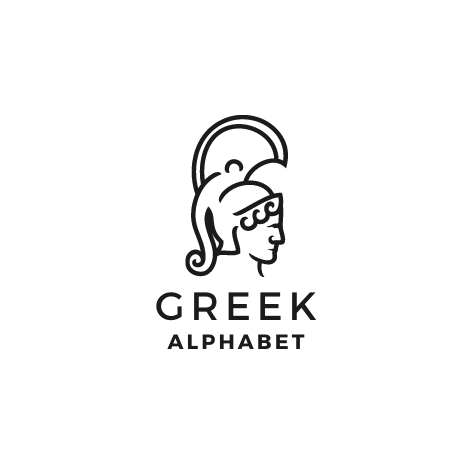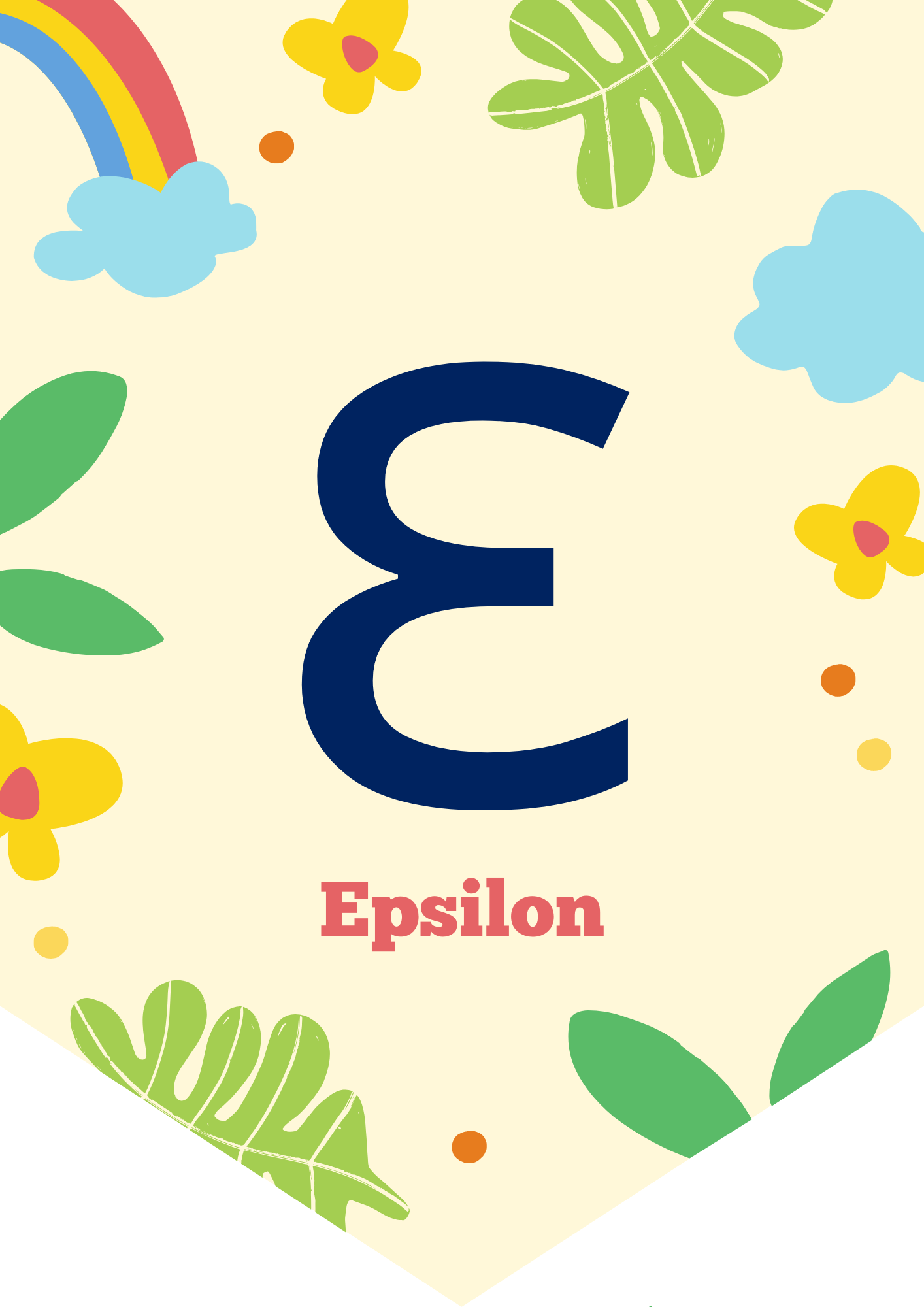Embark on a journey to explore Epsilon, the fifth letter of the Greek alphabet, as we trace its remarkable evolution from ancient times to its role in the contemporary world. Discover the depth of Epsilon’s history, its linguistic transformations, and its enduring influence across various fields.
Historical Origins and Evolution 🏛️
Phoenician Roots to Greek Adoption
Dive into Epsilon’s origins, beginning with its Phoenician ancestor and the transition into the Greek writing system. Discuss the adaptation of the letter to represent the [e] sound and how this marked a significant development in the phonetics of the Greek language.
- Phonetic Evolution: Chart Epsilon’s phonetic journey, noting the shift from a mid-front vowel sound and its implications for Greek orthography and phonology.
- Visual Transformation: Provide a visual timeline of Epsilon’s stylistic evolution, highlighting changes from ancient Greek scripts to modern typography.
Epsilon in Ancient Greek Culture 🏺
Explore the multifaceted role of Epsilon in the tapestry of ancient Greek civilization, from its numerical value of five (5) to its presence in religious texts, philosophical works, and daily communication.
- Symbolic Meanings: Uncover the symbolic significance of Epsilon in ancient myths, literature, and philosophical discourses, illustrating its contributions to cultural narratives and intellectual traditions.
Transition to Modern Era 🔭🖥️
Scientific Significance
Detail Epsilon’s applications in science, such as its use in denoting permittivity in physics and its role in mathematical expressions and theories.
Technology and Digital Encoding
Discuss Epsilon’s relevance in the realm of software development, including its representation in programming languages and data encoding, underscoring the adaptability of ancient symbols in modern technology.
Pop Culture Presence 🎬📱
Examine how Epsilon has been embraced by popular culture, from its symbolic use in films and literature to its representation in social media and digital content, reflecting contemporary themes and ideas.
Practical Knowledge 📝🗣️
Offer guidance on writing and pronouncing Epsilon, tailored for both linguistic enthusiasts and scholars. Include practical exercises for mastering its script in ancient and modern Greek, alongside examples to illustrate its current usage.
Epsilon’s Legacy and Relevance 🌌
Reflect on the lasting legacy of Epsilon, emphasizing its significance from historical, linguistic, and cultural perspectives. Highlight how Epsilon continues to influence scientific research, technological advancements, and cultural expressions.
Frequently Asked Questions
| Questions | Answers |
|---|---|
| What is the origin of the letter Epsilon? | Epsilon originates from the Phoenician letter He, which represented the sound /h/. |
| How is Epsilon pronounced in ancient Greek? | In ancient Greek, Epsilon was pronounced like the “e” in “met.” |
| What is the numerical value of Epsilon? | Epsilon has a numerical value of 5 in the Greek numeral system. |
| What symbolic meanings are associated with Epsilon? | Epsilon symbolizes the number 5 and is often associated with concepts like harmony and balance. |
| How is Epsilon used in mathematics? | In mathematics, Epsilon is commonly used to denote a small positive quantity, especially in calculus. |
| What role does Epsilon play in physics? | In physics, Epsilon represents the permittivity of a material in electromagnetism. |
| Can you provide examples of words with Epsilon? | Certainly! Examples include “elephant” (ελέφαντας), “element” (στοιχείο), and “energy” (ενέργεια). |
| How do you write Epsilon in uppercase and lowercase? | Epsilon is written as “Ε” in uppercase and “ε” in lowercase in the Greek alphabet. |

